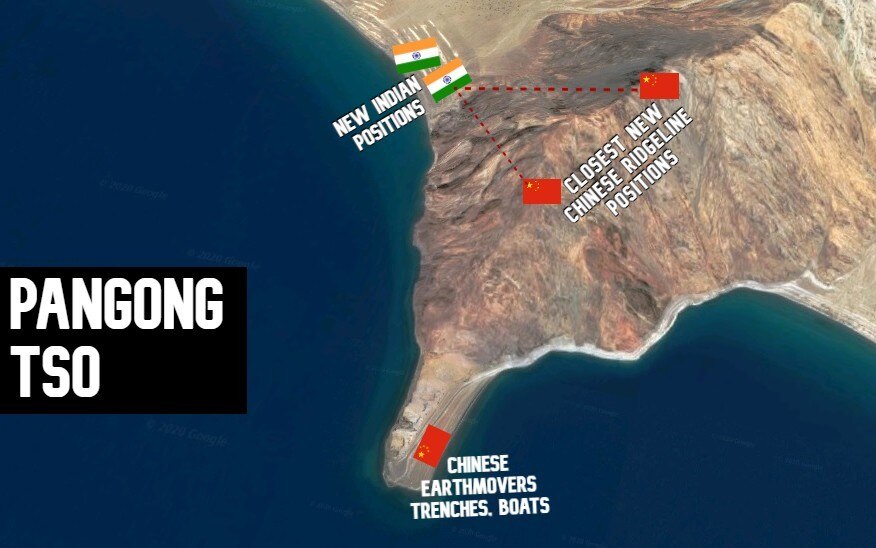As new Chinese positions emerge and tempers simmer, Indian Army retaining focus on Pangong Tso
The brutal violence of June 15 in the Galwan Valley has attracted a renewed effort to de-escalate, with priority being accorded to keeping troops of the two infantry battalions and artillery regiments calm.

Even as top officials of the Indian and Chinese Army are making attempts to calm simmering tempers, the Indian Army's unflinching focus remains on the Pangong Tso sector in Ladakh. This, despite the events that occurred at Galwan Valley's Patrol Point 14, the site of a violent face-off between Indian troops and soldiers of the People's Liberation Army (PLA).
The brutal violence of June 15 in the Galwan Valley has attracted a renewed effort to de-escalate, with priority being accorded to keeping troops of the two infantry battalions and artillery regiments calm. With all Indian officers and troops accounted for, the situation is now markedly calmer than it was on Wednesday.
Efforts are being made by the Indian Army to ensure that the Galwan Valley incident does not take focus, in any form, away from the Pangong Tso situation, the site of the most dramatic build-up by the Chinese among the four standoff points in eastern Ladakh.
The situation at Pangong Tso has in fact escalated with more Chinese positions emerging since the beginning of June.
Inputs suggest that the area between Finger 4 and 5 has seen 62 new Chinese positions since May 10, the largest number of positions in the current standoff. Across these 62 positions, more than 300 structures such as camps and observation posts have been erected by the PLA.
Since the beginning of June, Chinese positions have also emerged on the Finger 4 ridgeline, with observation posts and tents clearly visible at the site. Some of these new Chinese ridgeline positions are less than a kilometer from Indian positions which have also emerged west of the ridgeline.
It is here, in fact, that Indian and Chinese troops are truly in an 'eyeball to eyeball' situation, and where things could easily spiral out of control.

The proximity of the new Chinese and Indian positions is a priority area for the Indian Army since it was troops from some of these units that brawled on May 5 and May 6, and then again on May 14 and finally on May 31. The latter was recorded on a mobile phone by an Indian soldier, with the video going viral on social media platforms.
Finger 4's terminal point, the narrow piece of land that juts out into the Pangong Lake is now a site of hectic Chinese activity. This was the site of the infamous 2017 brawl in which several soldiers were injured. Earthmoving equipment, bulldozers, dug out areas and boats have been clearly sighted moored to this piece of land since late May.
